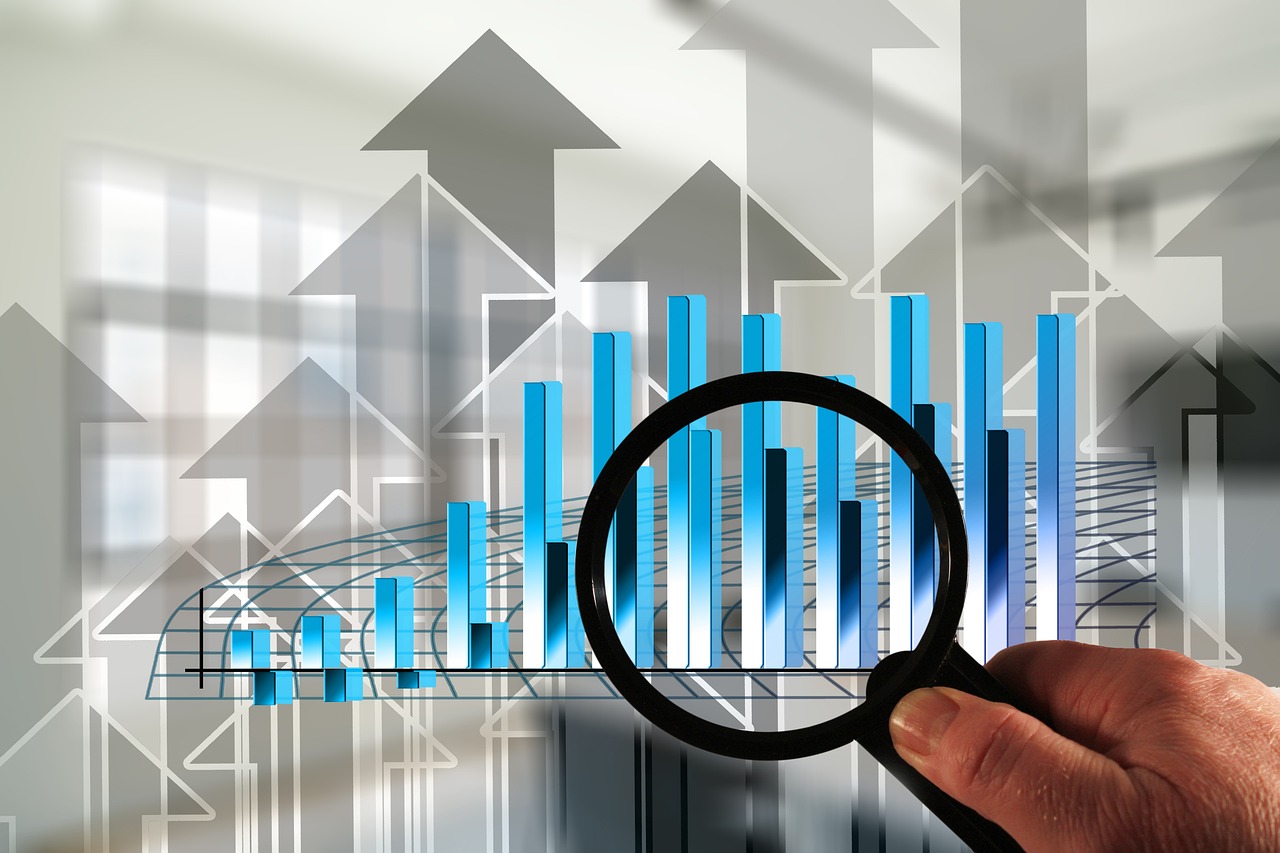Determining the age of a sycamore tree can be accomplished through several methods, including counting tree rings, measuring the trunk diameter, and using coring techniques. Each method provides a different approach to estimate the tree’s age, considering both environmental factors and growth patterns.
Understanding Sycamore Trees

Sycamore trees, known for their distinctive bark and expansive canopies, are a common sight in many landscapes. The scientific name for the American sycamore is Platanus occidentalis, while the European sycamore is called Platanus hispanica. These deciduous trees thrive in a variety of environments and are often found near water sources.
Sycamores can grow to impressive heights, sometimes reaching up to 100 feet. Their wide trunks can have a diameter of up to four feet. This significant size makes them not only an essential part of the ecosystem but also a point of interest for those who study trees and their ages.
Understanding the age of a sycamore tree is crucial for various reasons. It assists in ecological studies, informs conservation efforts, and helps in landscape management. Knowing a tree’s age can also enhance our appreciation of its growth and the environment around it.
Methods for Determining Age
Several methods can be utilized to determine the age of a sycamore tree. Each method has its advantages and limitations, depending on the specific circumstances and accuracy required. Below are some of the most common techniques used by arborists and researchers.
Counting Tree Rings
The most reliable method for determining the age of a sycamore tree is through counting its tree rings. This technique involves cutting across the trunk and examining the growth rings visible in the wood.
The process requires careful attention as each ring typically represents one year of growth. The width of these rings can also provide insights into environmental conditions during each year. For example, wider rings may indicate favorable growing conditions, while narrower rings may suggest stress factors like drought or disease.
Measuring Trunk Diameter
Another method involves measuring the trunk diameter at breast height (DBH), which is typically around 4.5 feet above ground level. This measurement can provide an estimate of age based on established growth rate averages.
| Diameter (inches) | Estimated Age (years) |
|---|---|
| 6 | 15 |
| 12 | 30 |
| 18 | 45 |
| 24 | 60 |
This method provides an approximation rather than an exact age since growth rates can vary significantly due to environmental factors. However, it remains a popular tool among those who need a quick estimation.
Coring Techniques
Coring is a more invasive method that involves extracting a small cylinder of wood from the trunk without harming the tree significantly. This core sample allows researchers to count the growth rings without cutting down the tree.
Coring requires special tools and techniques to ensure minimal damage to the tree. It provides accurate data about the age and growth patterns while preserving the tree for future study.
Each of these methods offers unique insights into determining the age of sycamore trees, highlighting their significance in ecological contexts and forestry practices.
Factors Influencing Tree Growth
To accurately determine the age of a sycamore tree, it is essential to understand the various factors that influence its growth. These factors can significantly affect the tree’s size, health, and ultimately, its age. Below are some of the most important influences on sycamore tree growth.
Environmental Conditions
The environment plays a crucial role in the growth rate of sycamore trees. Key environmental factors include:
- Soil Quality: Rich, well-drained soil promotes healthy root development and nutrient uptake, leading to faster growth.
- Water Availability: Sycamores thrive near water bodies. Adequate moisture during growing seasons is vital for optimal growth.
- Sunlight: Full sunlight encourages photosynthesis, which is essential for tree health and growth. Trees in shaded areas may grow slower.
- Temperature: Sycamores prefer moderate temperatures. Extreme heat or cold can stress the tree and hinder growth.
Pests and Diseases
Pests and diseases can have detrimental effects on sycamore trees. Infestations or infections can slow down growth, which may lead to miscalculations in age determination methods. Some common threats include:
- Sycamore Anthracnose: A fungal disease that causes leaf blight, affecting overall tree health.
- Insect Infestations: Pests such as aphids and borers can weaken trees by damaging leaves and wood.
- Canker Diseases: These can create wounds that stifle growth and make trees more susceptible to other problems.
Competition with Other Vegetation
Sycamore trees often grow in mixed forests or wooded areas. Competition for resources such as light, water, and nutrients from other plants can impact their growth rates. In dense forests, younger sycamores may struggle to reach maturity due to shading from taller trees.
Growth Rate Variability
The growth rate of sycamore trees can vary significantly based on individual circumstances. Understanding this variability is crucial for accurate age estimation. Several aspects contribute to this variability:
Genetic Factors
Just as in humans and animals, genetics plays a significant role in tree growth. Different sycamore varieties may have inherent growth patterns that affect their development.
Age of the Tree
Younger trees tend to grow faster than older ones. As a sycamore matures, its growth rate may decline. This phenomenon can complicate age estimations based solely on size.
Seasonal Growth Patterns
Sycamore trees exhibit seasonal growth patterns that are closely tied to climate conditions. During spring and summer, growth is typically vigorous. In contrast, growth slows during autumn and winter. This seasonal variability can impact the accuracy of methods like ring counting, particularly if environmental stressors alter normal growth patterns.
Utilizing Technology in Age Determination
Advancements in technology have introduced new methods for determining the age of sycamore trees more accurately. These methods complement traditional techniques and can provide additional insights into tree health and growth history.
Remote Sensing
Remote sensing technology, such as satellite imagery or aerial photography, enables researchers to monitor tree canopy health over time. This data can offer insights into growth patterns and environmental changes affecting sycamores.
Dendrochronology
Dendrochronology is the scientific method of dating tree rings and analyzing their growth patterns in relation to historical climate data. This technique not only determines age but also provides information about past environmental conditions that influenced growth.

By combining traditional age determination methods with modern technology, researchers can achieve a more comprehensive understanding of sycamore tree growth and age estimation, enriching our knowledge of these magnificent trees and their role in the ecosystem.
Practical Applications of Age Determination

Determining the age of a sycamore tree is not only an academic exercise but has practical implications across various fields. Understanding the age and growth patterns of these trees can inform ecological studies, conservation efforts, urban planning, and more. Below are some key applications of age determination in sycamore trees.
Ecological Research
In ecological studies, knowing the age of sycamore trees can provide vital insights into forest dynamics and ecosystem health. Researchers can use age data to:
- Assess Biodiversity: Understanding the age structure of a sycamore population can help assess biodiversity within forest ecosystems, indicating how long different species have coexisted.
- Monitor Environmental Changes: Age data can reveal how environmental factors, such as climate change, have impacted tree growth over time.
- Study Succession Patterns: The age of trees in a forest can indicate stages of ecological succession, helping scientists identify how forests regenerate after disturbances.
Conservation Efforts
Conservationists rely on accurate age assessments to make informed decisions regarding the management of sycamore populations. Key considerations include:
- Identifying Old Growth: Older sycamores may serve as keystone species in their habitats. Protecting these trees can help maintain ecological balance.
- Restoration Projects: In reforestation efforts, knowing the age of existing trees helps determine which species to plant and when to do so.
- Habitat Preservation: Age data contributes to understanding the habitat requirements of various wildlife that depend on mature sycamore trees.
Urban Planning and Forestry Management
In urban environments, the age of sycamore trees can significantly influence planning and management strategies. City planners and arborists consider tree age for several reasons:
- Landscape Aesthetics: Mature sycamores enhance urban landscapes, providing shade and visual appeal. Understanding their age helps in planning green spaces.
- Risk Assessment: Older trees may be more susceptible to disease and structural failure. Age data assists in evaluating risks associated with tree health in populated areas.
- Maintenance Schedules: Knowledge of tree age informs maintenance practices, ensuring that care aligns with the specific needs of trees at different life stages.
Community Engagement and Education
Engaging the community in understanding sycamore trees and their age can foster greater appreciation for local ecosystems. Educational programs can utilize age determination methods to:
- Promote Awareness: Workshops on how to determine tree age can enhance public interest in forestry and conservation efforts.
- Create Citizen Science Opportunities: Involving community members in tree ring counting or coring projects provides hands-on learning experiences.
- Encourage Stewardship: Knowledge about the importance of tree age can inspire community members to participate in local conservation initiatives.
The Role of Sycamores in Cultural History
Beyond their ecological and practical significance, sycamore trees hold cultural and historical importance in many communities. Historical records often reference these trees, and their age can reveal insights into local history.
Cultural Significance
In various cultures, sycamores are seen as symbols of strength and resilience. Their long lifespans have made them witnesses to local events and changes over centuries. Some aspects of this cultural significance include:
- Historical Landmarks: Old sycamores may serve as natural landmarks that define community boundaries or mark significant historical events.
- Folklore and Traditions: Many cultures have traditions or folktales associated with sycamores, viewing them as sacred or significant in local lore.
- Aesthetic Value: Their majestic stature often enhances landscapes, making them focal points in parks and gardens.
The age determination of sycamore trees not only aids in scientific understanding but also enriches our connection to nature and history, making these trees invaluable across multiple dimensions of human life.
Preservation of Sycamore Trees

Given their ecological, aesthetic, and cultural importance, preserving sycamore trees is vital. Efforts to maintain healthy sycamore populations include various strategies aimed at protecting these trees from threats posed by urban development, climate change, and pests. Below are some key preservation strategies:
Community Involvement
Engaging local communities in preservation efforts can greatly enhance the success of conservation initiatives. Strategies include:
- Tree Planting Programs: Organizing community tree planting events can help replace lost trees and increase the number of sycamores in urban areas.
- Educational Workshops: Providing education on the benefits of sycamores can foster a sense of stewardship among community members.
- Volunteer Opportunities: Encouraging local residents to participate in tree care tasks, such as pruning and mulching, can help sustain existing trees.
Legislation and Policy
Implementing policies that protect mature sycamore trees from unnecessary removal is crucial. Necessary actions include:
- Tree Preservation Ordinances: Establishing regulations that require permits for the removal of significant trees can help safeguard them.
- Land Use Planning: Integrating tree preservation into urban planning ensures that sycamores and other vital vegetation are considered in development projects.
- Funding for Conservation Initiatives: Allocating public funds for tree preservation programs can enhance community and governmental support for sycamores.
The Future of Sycamore Trees
The resilience of sycamore trees in changing environments is a testament to their adaptability. However, ongoing research and monitoring are necessary to ensure their survival in the face of modern challenges. Key future considerations include:
- Climate Adaptation: Understanding how climate change affects sycamore growth patterns will help in developing effective management strategies.
- Pest Management: Ongoing research into pest resistance and disease management will be crucial for preserving sycamore populations.
- Diverse Planting: Encouraging genetic diversity in planting practices can enhance the resilience of sycamores against environmental stresses.
Final Thoughts
The methods for determining the age of sycamore trees provide valuable insights not only into their life cycles but also into the ecosystems they inhabit. From counting tree rings to employing modern technology like dendrochronology, these techniques enrich our understanding of these majestic trees. Factors such as environmental conditions, pests, and competition directly influence their growth and longevity, highlighting the complexity of their existence.
The cultural significance of sycamores adds another layer to their value, as they are often woven into the histories and identities of communities. Effective preservation strategies, supported by community engagement and policy initiatives, are crucial for ensuring that future generations can appreciate and learn from these remarkable trees.
As we continue to study and protect sycamore trees, we gain not only a deeper appreciation for their role in nature but also a commitment to fostering a sustainable relationship with our environment. The journey of understanding tree age is more than a scientific endeavor; it embodies our connection to history, nature, and each other.
